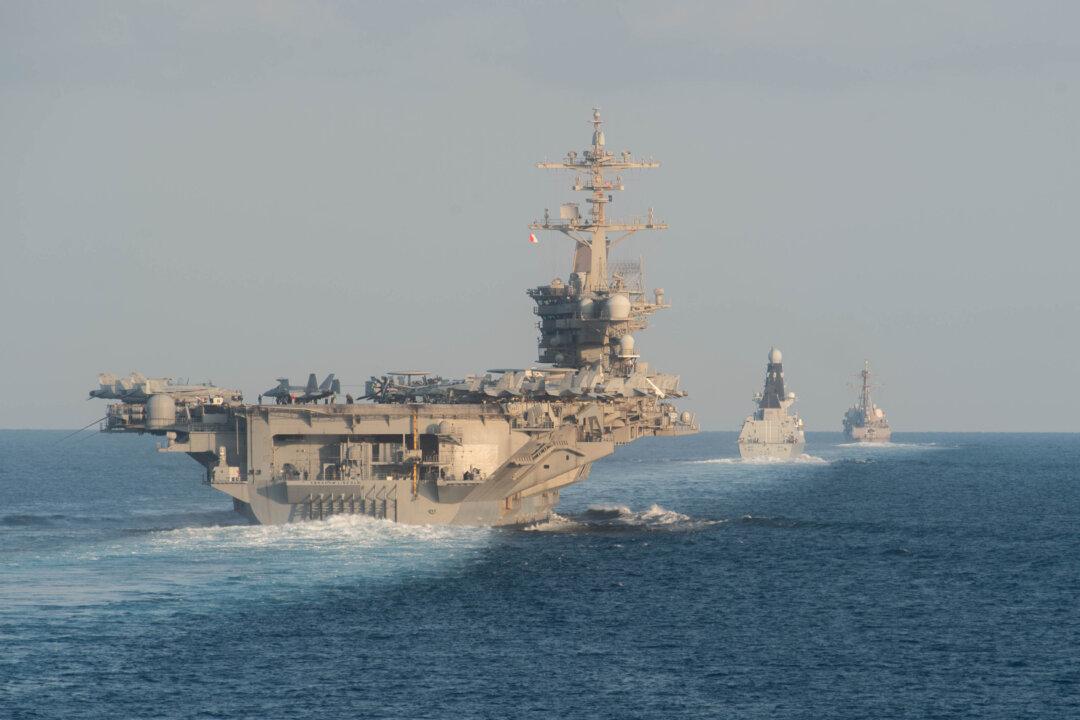Commentary
Iranian regime leaders love to boast. They have been claiming for years now that they will “wipe Israel off the map” and “destroy America.”

Iranian regime leaders love to boast. They have been claiming for years now that they will “wipe Israel off the map” and “destroy America.”